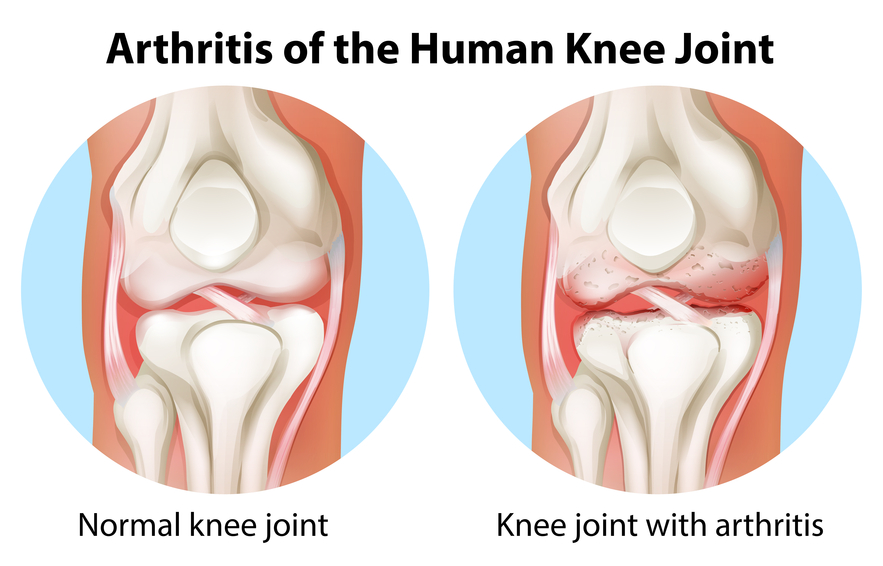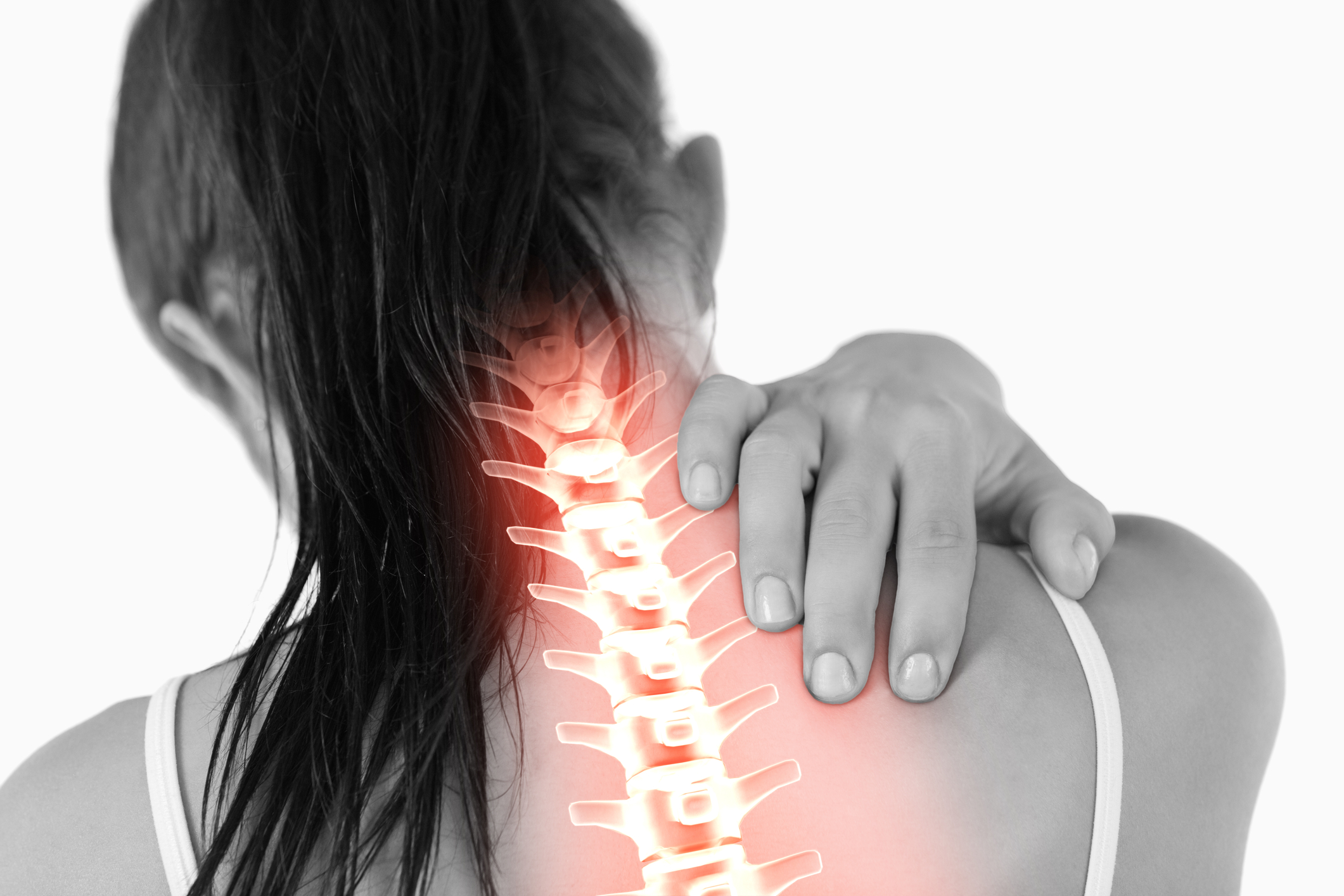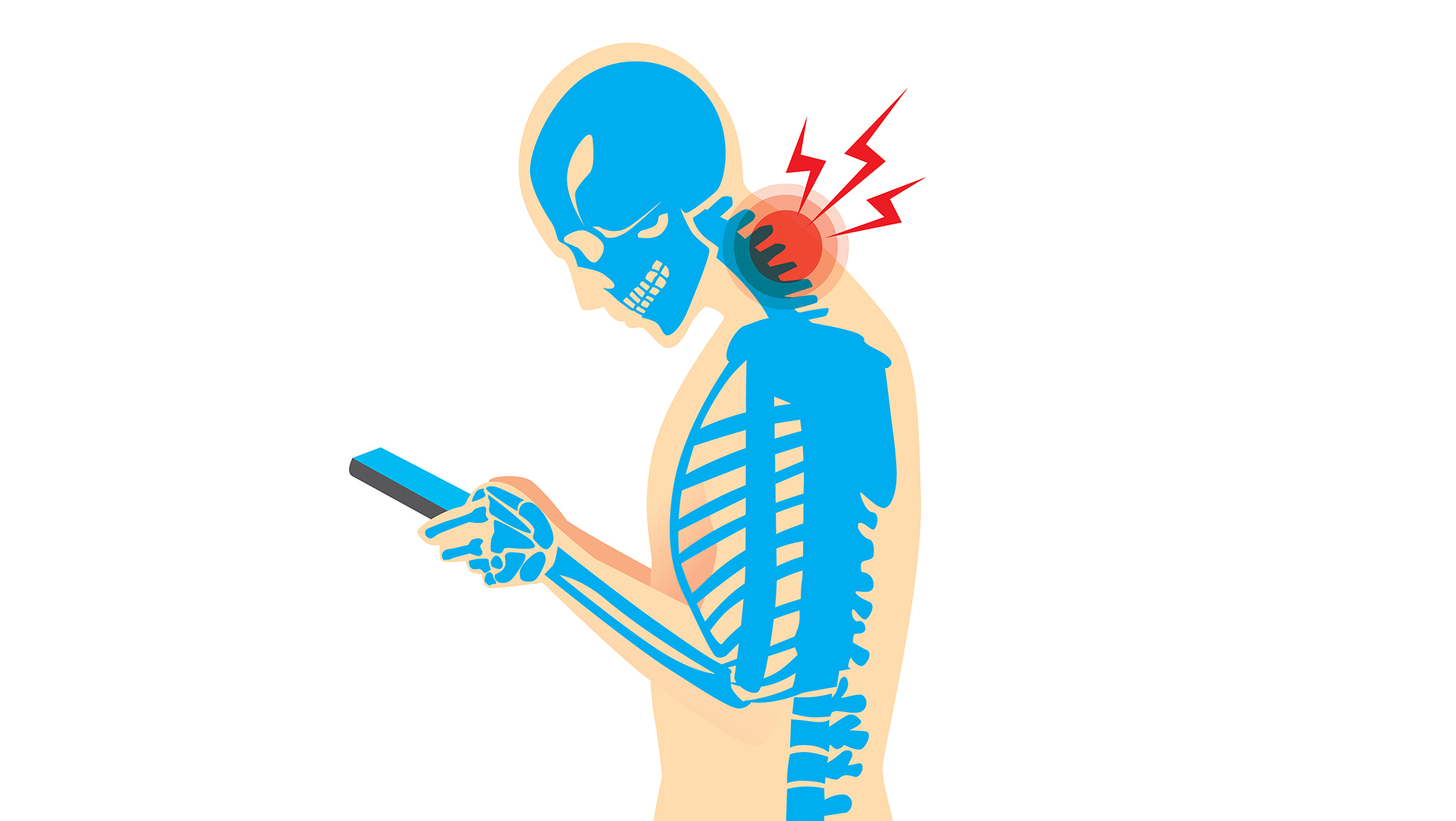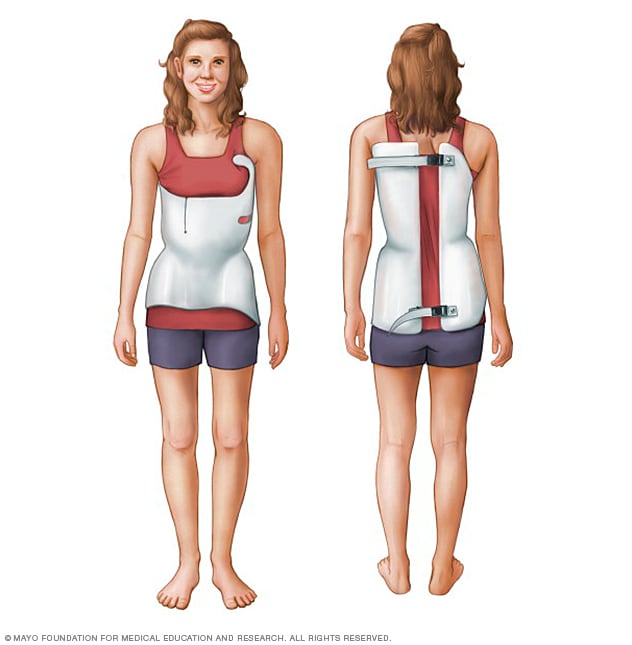Chiropractic
Shoveling and Low Back Pain
Posted on December 8, 2017 by admin
December is approaching and snowy weathers could be coming your way! With every snowfall, comes with shoveling and keeping your street free from snow turning into ice and avoiding others to fall on the street. If you are helping others preventing injuries, shouldn’t you be taking care of yourself as well?
Shoveling can put a lot of strain on your back muscles so you may need to take caution of how much stress you are actually applying to these muscles. Here are 4 tips you can follow to reduce your chances of injuring your lower back.
- Warm up your muscles first. Try to do some stretches as warming up your muscles can be less susceptible to injury.
- The method you use to shovel. Bending at the knees and hips and using your leg muscles instead of your back, it can relieve stress off your back muscles and reduces risks of straining them.
- If you are already experiencing low back pain, avoid the job. Try and see if it’s possible to find another volunteer, who doesn’t have back pain, to shovel the snow.
- Use a different shovel. Try a shovel with a curved handle which provides you with an upright stance with adjustable length.
Try and experiment with these tips and your back muscles will definitely thank you!
Tips on Preventing Falls
Posted on November 13, 2017 by admin
As leaves are falling and rainy weathers are coming to Vancouver, these factors can become a hazard and lead to slipping and falling. Here are tips on how to prevent or reduce your chances of falling this autumn and winter!
First of all, if you wear reading glasses frequently, make sure they are off when you are walking down the stairs or along the slippery street. The shoes you are wearing are important since some footwear are more prone to falling. If heels are not required for your work attire, then try to avoid wearing them as much as possible especially during wet and rainy weathers. Physical activity in general is important as it keeps your muscle moving and maintaining strength which is important for reducing the chances of falling since your muscles can provide more support. If you are at home, try your best to avoid leaving items on the ground and making sure the floor is dry to prevent slipping and injuring yourself. When possible, watch out for assertive devices such as rails on the stairs, or carry a flashlight to help reduce the risks of slipping while travelling.
There are many other tips to follow other than the ones listed above but the main concept to remember is to stay safe and be careful.
Tips on Sleep and Low Back Pain
Posted on October 30, 2017 by admin
Do you wake up often feeling low back pain? The solution could be the way you sleep at night. What could you do to help prevent that? Continue reading for some tips to help reduce your chances of having low back pain when you wake up in the morning.

The way you sleep can affect how stiff your muscles can be. If you are a side sleeper, you can try slipping a pillow between your legs to help align the spine a bit better. If you are a back sleeper, if possible, try to slip a pillow under your knee to maintain the neutral spine curvature. If you sleep on your stomach, you can put a pillow between the bed and your abdominal to help level out the stress places on your neck.
Picking a mattress could be a solution to your problem. Your mattress should provide some support for your back or else it might be time to switch for another one. Choosing the correct pillow can help reduce your likelihood of experiencing back pain. An ideal pillow should be able to support your head, neck, and shoulders to prevent so much pressure building up on them.
If you are still unsure, you can drop in and see a chiropractor to get treatment for your low back pain and get more tips on a better sleep lifestyle!
Knee Osteoarthritis
Posted on October 2, 2017 by admin
Do you sometimes experience pain or stiffness in your knees? Have you heard of knee osteoarthritis before? If so, how will you know the pain in your knee is due to this condition or is related to something else?
As mentioned in a previous blog, osteoarthritis is a tear and wear occurring in the cartilage. Knee osteoarthritis is defined as a tear or wear that is located in the cartilage and/or joints in the knee. Some symptoms you may experience if you have knee osteoarthritis are pain, stiffness, swelling, and possibly a grinding sensation during knee movement. Presently, there is no cure for osteoarthritis but there are methods you can do to reduce pain or stiffness.

There are 5 stages for knee osteoarthritis:
- Stage 0: This stage is the “normal” condition where the knee is not inflamed and neither pain or impairment is occurring
- Stage 1: There is minor bone spur growth occurring but usually discomfort or pain is not felt during this stage
- Stage 2: Bone spur is still happening and is considered as a mild stage of this condition but cartilage is still considered “healthy” as this stage
- Stage 3: This stage is classified as the “moderate” stage/condition. The space between the two bones have been decreased and individuals will likely experience stiffness, pain, and/or discomfort. Swelling can also occur at this stage
- Stage 4: During this stage, a lot of pain and discomfort can be felt since the cartilage between the two bones is greatly reduced and is practically almost gone

If you believe you may be experiencing knee osteoarthritis, come see a practitioner here or to your general physician to see what can be done to reduce your pain!
Experiencing Whiplash?
Posted on September 25, 2017 by admin
Experiencing a terrible neck pain sensation? You may be experiencing whiplash, especially if you were recently involved in a motor vehicle accident.

Whiplash is caused by high force of forward and backward movement, which is quite common in drivers who have been in a car accident. This condition does not only occur from car accidents, but it is common in contact sports such as football and any form of physical abuse and/or assault.
How do you know if you have a whiplash? Some symptoms of a whiplash include stiffness, headaches, dizziness and more. Normally, whiplash injuries may not mean much but sometimes there could be other problems associated with your neck pain and it is always advised to have your whiplash pain checked out with your general physician or chiropractor.
What Can We Do About Low Back Pain?
Posted on September 11, 2017 by admin
Low back pain can affect how your performance is, whether you are at work or at school. Most of us like to resort to pain killers to relieve our discomfort or pain but should we actually take medication to help with our back pain?

NSAIDs can be very harmful and lead to other health problems such as ulcers, stroke, and heart attacks. Studies suggest that medications help minimally in relieving pain and cause a lot of harm instead.
What should you do when you are experiencing low back pain?
If the back pain isn’t linked to anything dangerous, then let your back take a rest for a day or two with minimal stretching and exercising. If needed, physical therapy can be applied as well after a day of resting. However, if the back pain worsens or does not improve, it is always safer to contact a practitioner and figure out what could be the cause of the low back pain.
With a new case of low back pain, having rest and applying heat is important for the first few days. As the pain continues to linger, you can try a massage, acupuncture or spinal manipulation. If the pain continues, you can mention to your general practitioner about the issue and they could suggest a MRI to eliminate any serious issues.
Every individual experience low back pain at a different level so if you feel that you cannot handle the pain, it is best to see your local chiropractor or practitioner for more help.
Tips for Back to School
Posted on August 28, 2017 by admin
School is approaching faster than we expected. How should we help our children protect their health as they go back to school?

Choosing the Right Backpack
First you should consider the backpack your child currently has. Does it seem like it is time for a new one? Here are some tips you may use to help your child find the right backpack without harming your child’s back.
- Have your child’s backpack weight distributed evenly so each side of the body receives the same level of stress.
- They should wear two shoulder strap bags rather than one strap as it can help prevent the spine from curving onto one side more than the other.
- Have the backpack closely attached to your back. The further away it is from your back, the harder it is to achieve proper balance.
- Make sure the backpack does not hang 4 inches below the waistline.
- Buy adjustable shoulder straps that fits your child.

How do you Know if it Fits?
Now that you have considered the aspects of the backpack, how would you know if it is actually good for your child? It is time to ask them some questions.
- Help your children figure out what needs to put in their backpack. The heaviest items should be in the middle of the backpack to prevent curving of the spine.
- Ask your child if they are experiencing any discomfort.
- Inform them to wear both straps rather than one.
- Encourage them to reduce backpack wearing times. If there is a place to put down their backpack then suggest them to do that to give your back a rest.
- Monitor their posture and backpacks overtime to see if the straps are still adjustable and the backpack weight is evenly distributed.
Keeping the Same Level of Exercise
With school comes homework and assignments. This can mean that your child will be inside and sitting more often. Encourage them to play sports with their friends, especially on a sunny day. If not, remind them to take a rest after an hour of sitting or laying down to walk around the house and do some stretches. Try to recommend these different levels of physical activity for your child’s active life. The 3 different types are: moderate aerobic exercise, vigorous aerobic exercise, and strengthening activities.

If you and your child follow these suggested tips, it can keep your lifestyle bad-posture free and healthy.
Tips for Neck Pain
Posted on August 14, 2017 by admin
We all experience a little bit of neck pain from time to time but there are many easy ways to avoid having that neck pain.
Neck pain can occur when the neck muscles are strained due to poor sitting posture and sleeping posture. Most neck pains gradually leave on their own but in rare cases, it can lead to numbness or pain that radiates down your arm, which is quite severe and you should seek medical care. Experiencing neck pain can mean your body is indicating that you are performing movements that is straining on the muscles.

One common problem associated with neck pain is when you constantly look down on your cell phone. This is known as “text neck“. As you spend so much time looking down at your phone, your neck starts to bent forward and can lead to more problems such as pain on the shoulders and back.

Here are some tips you can try to ease your neck pain:
- Try to switch into different positions: Do not stay in the same position for a long time, you can try getting up and walking around the house to drink some water and then go back to your phone.
- Stretching your neck: By stretching and strengthening your neck and back muscles, you are able to hold up your posture better which can help reduce the amount of neck pain you may be experiencing.
- Make ergonomic adjustments: Try elevating your laptop or monitor screen to eye level so you can prevent from bending your neck forward and causing extra strain.
- Use the right amount of pillows: Do not try to layer up a bunch of pillows as it can affect your neck’s range of motion
- Have a good amount of sleep: Sleeping helps your body heal, and also reduce any musculoskeletal pain

If these tips are not helpful, it is always safer to see a practitioner about your recurring neck pain!
Scoliosis
Posted on July 10, 2017 by admin
Scoliosis is a condition where the curve in your spine is abnormal. Normally, your spine has a natural “S” shape but individuals with scoliosis tend to have their spine curved sideways. From the posterior view, individuals with scoliosis will not have a straight spine but a slight C curve. Most cases of scoliosis are mild however some cases can be severe which can lead to health problems. The causes of scoliosis is still unknown but can be hereditary.

Who is at risk?
There are many factors that may contribute to scoliosis:
- Age: During puberty, signs and symptoms are most commonly diagnosed
- Sex: Girls tend to be at a higher risk than boys to develop scoliosis
- Genetics: As this condition is hereditary, individuals who have family members who suffer from scoliosis may have a higher risk of developing it
If you have a mild case of scoliosis, there should not be a high risk of complications. However, some complications may occur for this condition, such as lung and heart damage, and back problems. Surgery may be recommended if you suffer from severe scoliosis. Other non-surgical treatments include wearing a brace or just observations from a doctor for mild cases of scoliosis.

Signs and symptoms of scoliosis may not seem that obvious. One sign to look for is usually uneven hips or shoulder blades. It is always best to consult with a doctor to prevent a mild case of scoliosis into a more severe case!
Achilles Tendinitis
Posted on July 6, 2017 by admin
Located at the back of your lower leg close to the heel lies the Achilles tendon. This tendon attaches the muscles at the calves to the heel bone for movement. At times, the tendon could become inflamed due to increased intensity of running or walking. When the Achilles tendon is inflamed, this condition is called Achilles tendinitis. This is most commonly found in runners or athletes. In most cases, non-surgical treatments are sufficient enough for Achilles tendinitis to be treated. If left untreated, your Achilles tendon maybe remain inflamed and it can lead to a tear in the tendon which may require surgical repair.

How can you tell if you are experiencing Achilles Tendinitis? Some symptoms may include:
- swelling at the back of your heel
- tight calf muscles
- mild ache, stiffness, and limited motion around the heel

As mentioned, Achilles tendinitis usually does not require surgery. Letting your Achilles tendon rest is important. Wearing a brace to help relieve stress on the tendon can help with the treatment. The RICE method can be applied.